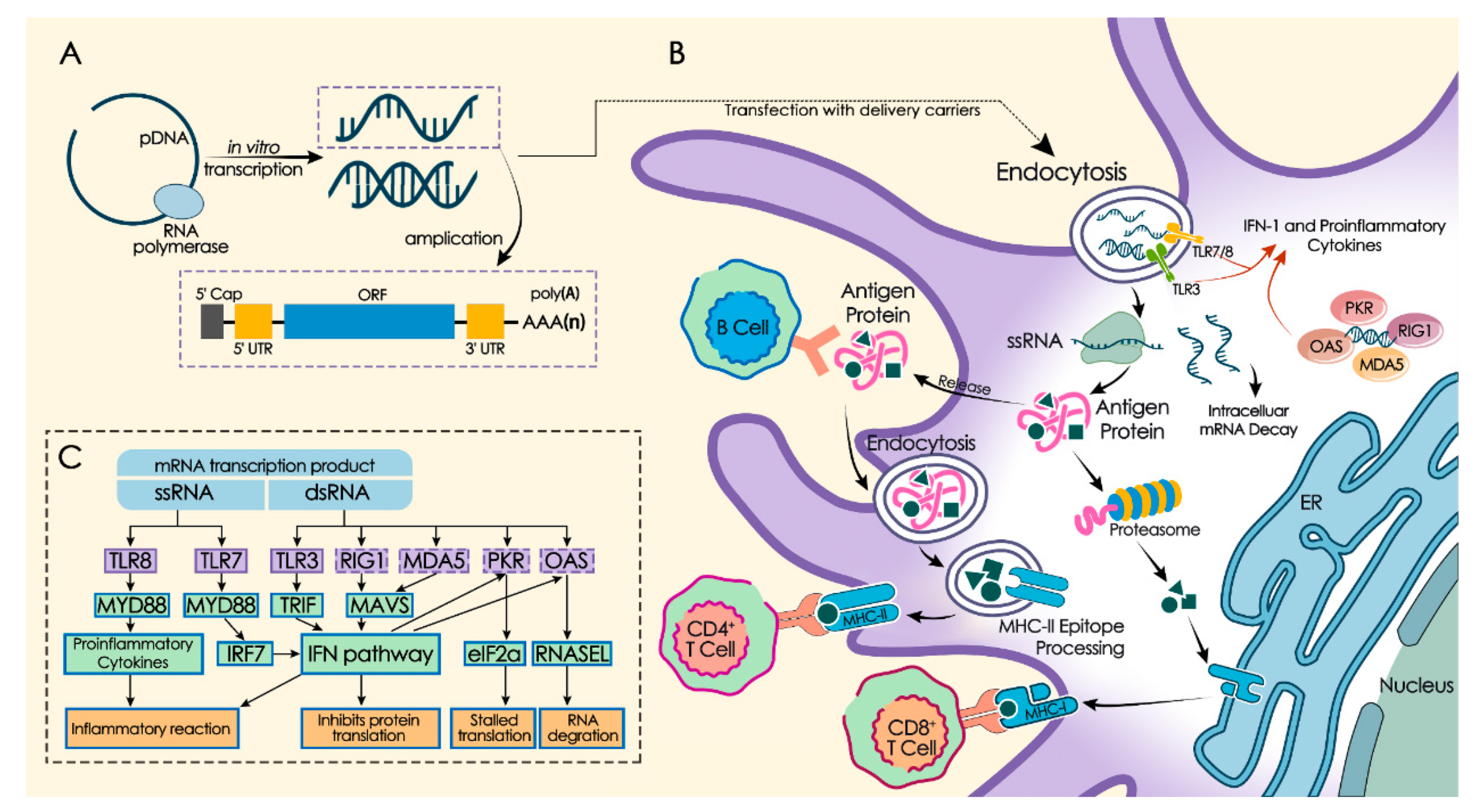Table of Contents
- Introduction to mRNA Therapies
- How mRNA Therapies Work
- Applications of mRNA Technologies
- Challenges and Limitations
- Breakthroughs in mRNA Research
- Future Prospects in the Field
- Conclusion
mRNA therapies are revolutionizing medical treatments with their ability to rapidly develop vaccines, target genetic disorders, and combat cancers. These therapies utilize mRNA to instruct cells to produce specific proteins, leading to precise and effective treatments. Advances in mRNA stability and delivery enhance their efficacy and safety. Research with mRNA treatments shows promise in treating various medical conditions, presenting the opportunity for personalized therapy and significant progress in healthcare.
Introduction to mRNA Therapies
Messenger RNA (mRNA) therapies represent a revolutionary approach in modern medicine. This innovative technology diverges from traditional vaccines and treatments by leveraging the body’s natural processes to combat diseases. One critical component of this technology is the lipid nanoparticle formulation, which is essential for effectively delivering mRNA into cells. These nanoparticles encase the mRNA, protecting it from degradation and ensuring it reaches its cellular targets intact.
With the recent advancements in biotechnology, mRNA therapies have gained significant attention, especially for their role in rapidly developing COVID-19 vaccines. This technology’s flexibility and adaptability make it a game-changer in the fight against various diseases, ranging from infectious illnesses to chronic conditions—the potential to quickly develop and deploy mRNA-based interventions positions this therapy at the forefront of medical innovation.
How mRNA Therapies Work
The science behind mRNA therapies involves using synthetic mRNA sequences to instruct cells to produce specific proteins to prevent or fight diseases. This method leverages the body’s natural cellular machinery for targeted and effective treatments. Essentially, mRNA acts as a set of instructions delivered to the cells, producing the required proteins to initiate an immune response or repair damaged tissues.
Mechanism of Action
When mRNA is introduced into the body, it is encapsulated in lipid nanoparticles to protect it from degradation by enzymes in the bloodstream. These lipid nanoparticles facilitate the delivery of mRNA into the cells, where it is translated into specific proteins by the ribosomes. These newly produced proteins can induce an immune response, such as in the case of vaccines, or function therapeutically to treat diseases. This unique mechanism of action allows for a quick and precise response to a wide range of medical challenges.
Applications of mRNA Technologies
- Vaccinations: mRNA technology has proven particularly effective in developing COVID-19 vaccines. These vaccines have demonstrated high efficacy and rapid production timelines, changing the paradigm of vaccine development. The ability to quickly design mRNA sequences to combat emerging pathogens highlights the flexibility and potential of this technology.
- Cancer Treatment: Research indicates that mRNA can trigger immune responses targeting cancer cells. Personalized cancer vaccines can be developed by encoding tumor-specific antigens into mRNA, offering a hopeful avenue for oncology treatments. By teaching the body to identify and combat cancer cells, this method might result in more potent therapies.
- Gene Therapy: mRNA therapies are being explored for their potential to correct genetic disorders by providing instructions to produce functional proteins in cells where they are deficient. This application could revolutionize the treatment of genetic diseases, offering new hope to patients with conditions previously deemed untreatable.
Challenges and Limitations
Despite their promise, mRNA therapies face several hurdles. Stability issues are a primary concern, as mRNA is inherently unstable and can degrade quickly. This instability necessitates sophisticated storage and handling requirements to maintain the integrity of the mRNA. Effective delivery remains another significant challenge, making delivery systems such as lipid nanoparticles critical for successfully applying mRNA therapies.
Furthermore, the need for ultra-cold storage conditions poses logistical challenges, particularly in resource-limited settings. The requirement for specialized freezers and transport conditions can complicate distribution, especially in regions without robust cold chain infrastructure. Overcoming these obstacles is essential for mRNA technologies’ broader adoption and efficacy, ensuring that these groundbreaking therapies reach those who most need them.
Breakthroughs in mRNA Research
Recent advancements have showcased significant breakthroughs in mRNA delivery methods, enhancing the effectiveness and safety of these therapies. For instance, innovations in lipid nanoparticle technology have improved mRNA’s stability and delivery efficiency, paving the way for more reliable treatments. These advancements are enhancing the performance of mRNA therapies and expanding their potential applications.
Additionally, new formulations and delivery mechanisms are being developed to address existing limitations, further expanding the therapeutic potential of mRNA technologies. New stabilizing chemicals, together with enhanced nanoparticle designs, are assisting in overcoming the difficulties posed by mRNA degradation and instability. These innovations are critical for the future success and widespread adoption of mRNA-based treatments.
Future Prospects in the Field
The future of mRNA therapies is promising, with ongoing research to widen their applications. Experts anticipate a surge in novel treatments and vaccines that could address a broader spectrum of diseases beyond infectious illnesses and cancer. The flexibility of mRNA technology allows for rapid adaptation to new medical challenges, making it a valuable tool in public health and personalized medicine.
Innovations in delivery mechanisms, such as advanced nanoparticle formulations, are expected to enhance the stability and efficacy of mRNA treatments, making them more accessible and practical for widespread use. As the technology matures, mRNA-based therapies are likely to become an integral part of the medical landscape, offering new solutions to previously intractable health issues.
Conclusion
mRNA therapies hold immense potential to transform modern medicine. With continued research and technological advancements, they could redefine our approach to treating a wide range of conditions, making the future of healthcare more personalized and effective. By overcoming current challenges, mRNA technologies are poised to become a cornerstone of innovative medical treatments, offering new hope and improved patient outcomes worldwide.




